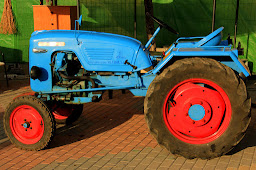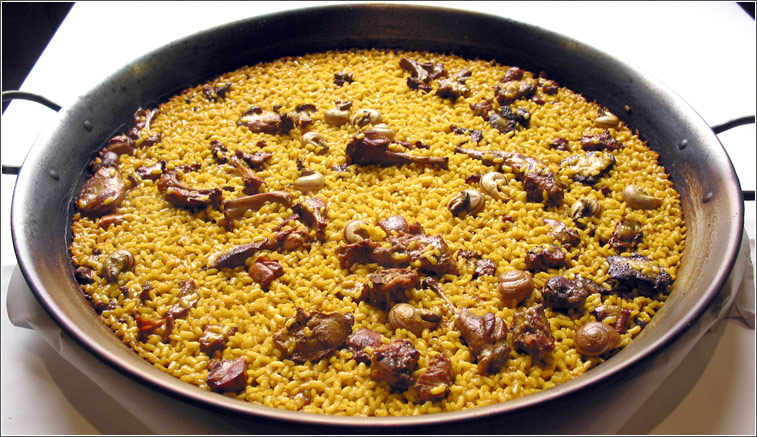Breakfasting

This last weekend we popped over to Murcia to see las Cuadrillas in Barranda. The event is principally a folk music event with bands on every street corner but there's also a big street market. We were looking for breakfast and there was a stall in the market selling migas. Now migas come in all sorts of shapes and sizes but the ones in Barranda seem to be fried flour and water crumbs with lots of sausages and vegetables mixed in. Because it's broad bean season the beans were offered as garnish; migas con habas. Migas are nice but the stall also advertised Spanish, run of the mill, sandwiches or bocadillos which use the bread we Brits call French sticks. The migas were still being prepared so we were able to queue jump by asking for a couple of the sandwiches. The man serving on asked what we wanted to drink. Tea, the drink of Gods, wasn't an option, in fact options were few and far between. The question was really, "Do you want a red wine?" So we breakfasted on ...









